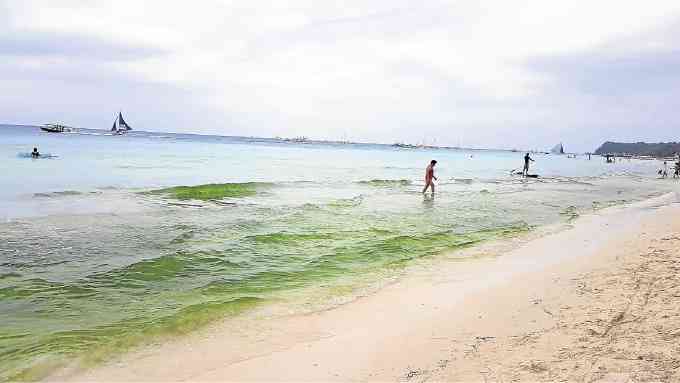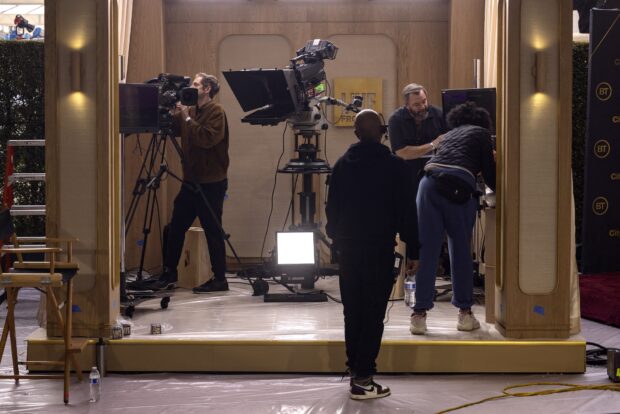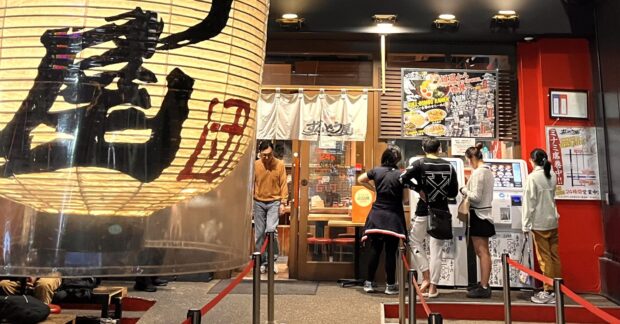We need to talk about Boracay. The only problem is that no one knows the whole picture of what’s happening there.
We’re like the proverbial three blind men feeling down different parts of an elephant, except that it actually isn’t an elephant and there are three other men who have appeared out of nowhere and are talking at the top of their voices all at the same time.
We don’t need heavy-handed censors. Far more effective is flooding the news and social media with contradictory reports and speculation disguised as facts, insinuations supported by either anecdotal or complete fantasy, and anger—always, lots of indignation and anger.
This week, the stalemate continues. The announcement has been made that the Environment secretary and the Tourism secretary are recommending closing down Boracay for a year.
The businesses in Boracay have staged a torchlight protest—which has gained them media attention, but ultimately will have little impact on the government, which is largely immune to quaint niceties of demonstrations or rallies anyway. So, singing “Kumbaya” with lit candles is something it can safely ignore.
It will be up to President Duterte, in his infinite wisdom, to play Solomon.
Years in the making
“Discovering” that Boracay is a cesspool is akin to an elderly spinster in a decaying mansion finding a room infested with cockroaches: “Inday! How long has this room been like this? Clean it up at once! Throw everything away!”
The problems in Boracay have been years in the making.
The airport is a disaster. How many times have flights been cancelled because of “sunset limitations?”
Since the time of Galileo, people have been able to calculate the time when the sun will rise and set. It’s printed on calendars hardware stores give away. It baffles me that airlines with advanced technology, every summer, go through the charade of slapping their heads and wringing their hands: “Sorry, but sunset has come—unexpectedly, despite it being the end of the day! We’ll have to cancel the flight!”
Despite the travails of getting to Boracay—which are comparable, actually, to traveling anywhere in the Philippines, except to places like Amanpulo—the island has continued to thrive.
Every time something big came along, like Discovery Shores or Shangri-La Boracay, people threw up their hands and said this was the end for the fabled island.
For purists, the beginning of the end came when electricity and running water came, but that’s just people like me.
Beautiful sunset
Despite the overcrowding, the pollution and the boatloads of tourists, Boracay continued to be a fun place. The sunset remained as awe-inspiring and beautiful as ever, the sand remained powdery fine, even if you had to share it with sweaty, blubbery hordes ready to jump one another.
Comparable to the thrill of the old Boracay, when you had to pump water from a well by the light of a kerosene lamp, was strolling down the four kilometers of white sand beach looking for a place to eat.
All the same, there was a sense of impending surfeit. It was like a big party at the end of the world, and everyone knew it had to end at some point.
But this sledgehammer approach is not the way. It is both impetuous and slothful, born of a mind-set that reacts to problems by destroying, rather than solving.
It also feels like a shakedown, although that may just be the cynical viewpoint.
The other great unknown is not just one, but two, big casinos will be built on the island. I don’t understand the lure of casinos in general, but from what I gather, the idea of casinos is to keep you indoors and unaware of the time as much as possible.
So, putting up a casino where you have to compete with the lure of kite-surfing and bikini-watching doesn’t really make much sense.
As a food writer—who is necessarily also a travel writer—I feel that the lesson to be learned here concerns not just the future of Boracay, which seems to be at the end of its life, but also how to deal with other places that are being touted as “the next Boracay.”
Batanes, for instance, is gaining popularity as destination. There used to be only a few flights a week, and if it is cancelled due to bad weather, you could be stuck there for an unknown length of time.
Popular destinations
Siargao is already densely populated, and Bohol is rapidly being gentrified. For places like Batanes, or even Sagada, which hasn’t been the same since you could drive up to it rather than cling to the roof of a jeepney, getting on the tourist trail doesn’t just mean urbanization—it’s also giving up a way of life.
For us, the only cycle we know seems to be discovering paradise, and then spoiling it—there’s no equilibrium that can be reached between man and nature, between crass mercantilism and respect for indigenous cultures and folkways.
This problem is not unique to us—just look at the hordes that stomp through the delicate wooden steps of the Potala Palace in Tibet, at the crumbling splendor of Venice (not to mention the horror-tourism of Auschwitz). Tourists must come mostly because they want to enjoy a place, not destroy it.
How to balance the very healthy and very desirable urge to travel and see new places, with the need to safeguard natural and human resources, requires great skill and acuity of judgment.
It is for this reason that government bodies like the Department of Tourism were created, and it is to their integrity and clear-eyed judgment that we must look now for a fair, balanced and long-term solution.














































